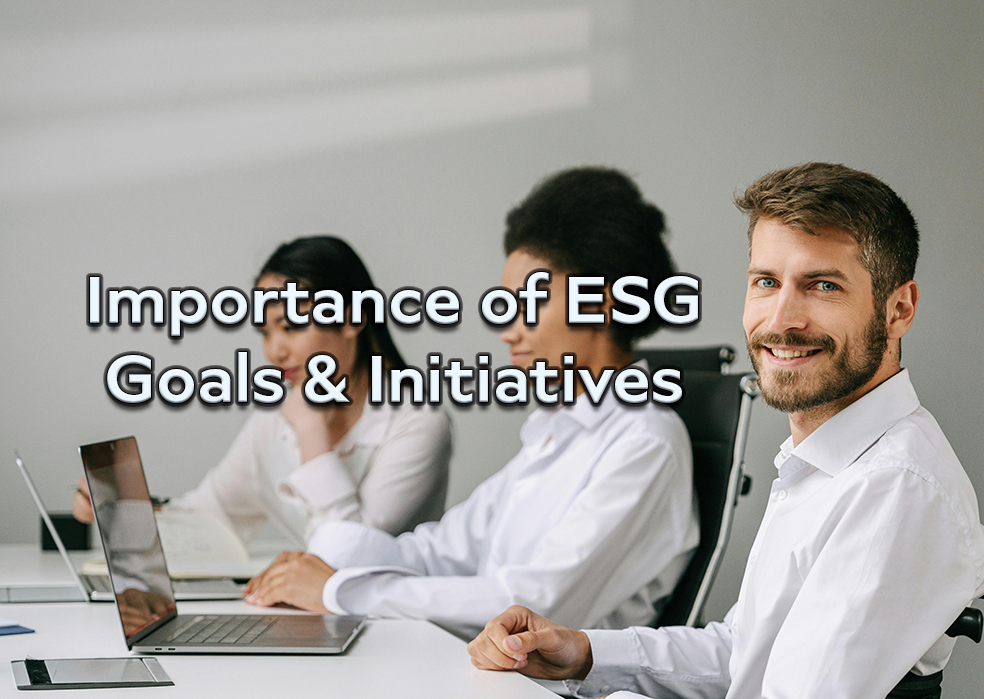
The real-world experience we're currently living through with the pandemic shows that the telecommuting opportunities described by a few visionaries over the past two decades are not exaggerated.After months of telecommuting, we've learned that we're able to do most of our work remotely, from home, and that most meetings work just fine without a desk.As a result, a recent Buffer survey of 2,300 telecommuters shows that 97% want to continue to telecommute, at least partially.Yet not all companies are going to make a radical decision like Quora and move all of their employees to telecommuting.So what's the future for our work spaces? But not all companies are going to make a decision as radical as Quora's and go 100% telecommuting.So what's the future for our workspaces? We're starting a series of reflections and concrete proposals to build the workspace of tomorrow.In this article, we share our vision of the future of the workspace: hybrid, engaging, and inspiring.
Prior to the pandemic, most companies viewed the workspace as the physical place where employees performed their duties.Tomorrow, that space will no longer be used primarily for working and attending routine meetings. We will be able to do this remotely through technology. We will work in what we call the hybrid workspace, between remote work, at home or elsewhere, and the usual geographic location, which will become an environment for innovation, providing employees with human interaction, enabling connections, unexpected and fruitful discoveries, and learning, which Cédric Villani, French mathematician and winner of the Fields Medal in 2010, described as indispensable elements for the birth of ideas.
The workspace of tomorrow is a hybrid between remote work and the usual geographical location.
More than just a geographic location, the hybrid workspace is a source of ideation and a catalyst for innovation.
We are currently working with companies that want to innovate, by thinking and building these hybrid workspaces.Innovation does not happen in an office. For example, for Apple, the story began with Steve Wozniak, a computer scientist, Ronald Wayne, an industrial designer, and Steve Jobs, a calligraphy enthusiast. For Google, it all started at Stanford, when Larry Page met Sergey Brin, who was in charge of showing him around.
Innovation is the result of random human interactions.
The hybrid workspace stimulates innovation by creating encounters and conversations between employees of different professions. Our goal is to create these encounters, unexpected and fruitful discoveries, to stimulate employee engagement, team spirit and creativity.
If you use Google Workspace, if you want to prepare your teams for the reopening of your workspaces, and if you want to stimulate innovation and engagement in your company, let's make an appointment to build together your workspace of the future

Discover why ESG goals are now essential in the workplace: they drive sustainability, attract top talent, boost engagement, and support corporate performance. Learn how digital tools help companies communicate ESG initiatives and build a responsible, future-ready organization.

Google has discontinued Chrome Sign Builder, and Comeen offers a seamless, secure, and enterprise-ready alternative to keep your digital signage running without disruption.
.jpg)
Explore return to office trends, remote vs. in-office productivity, and how companies adapt with hybrid work models to balance flexibility and efficiency.